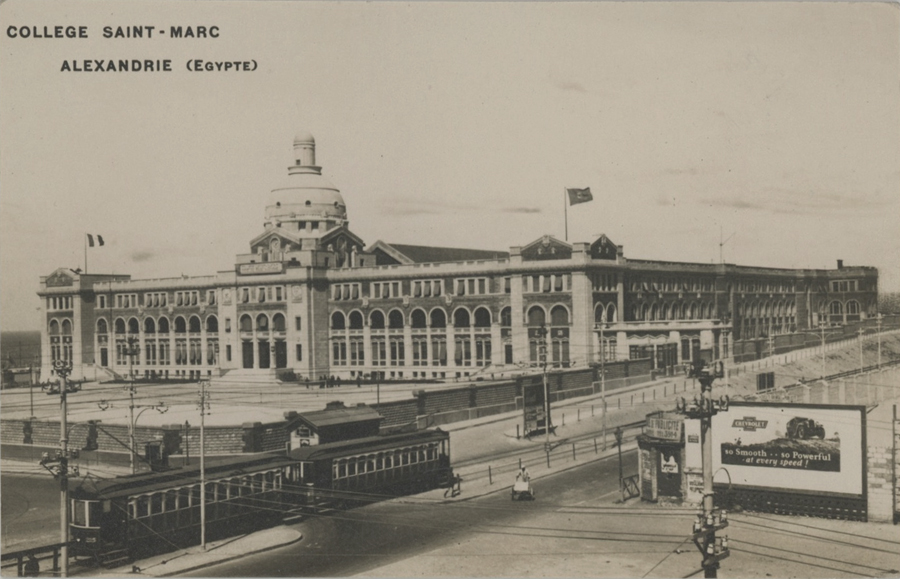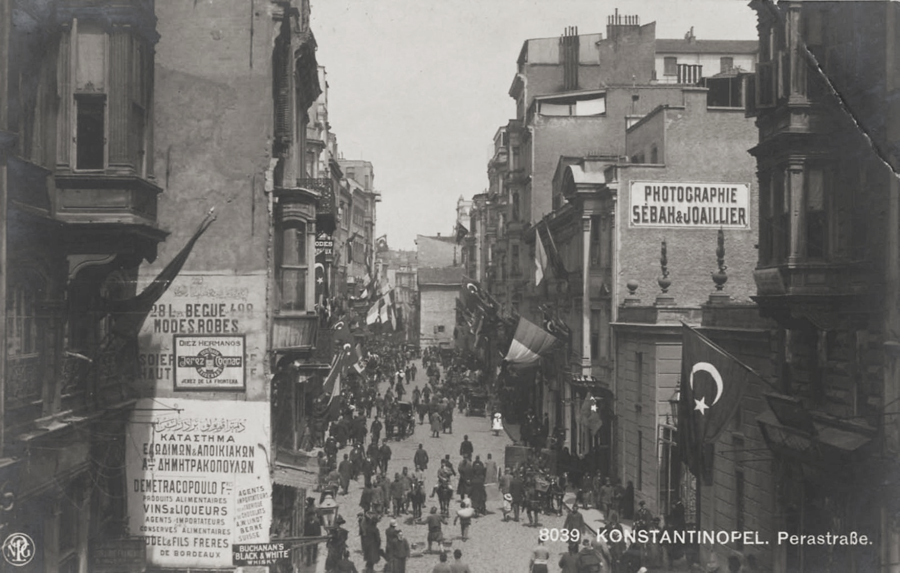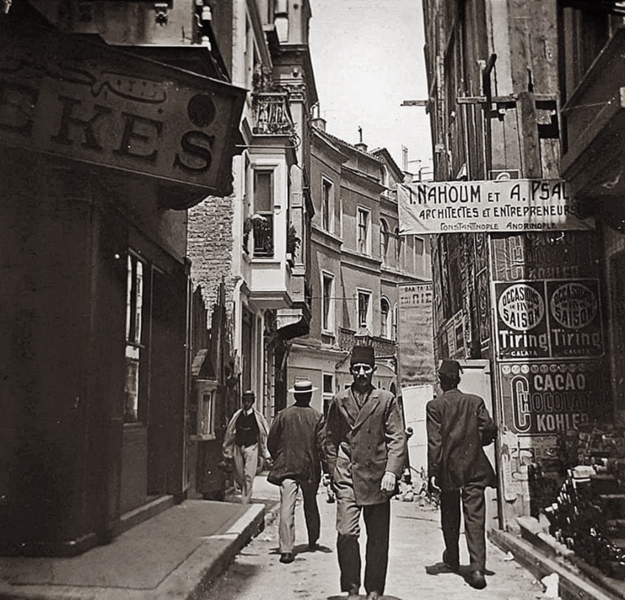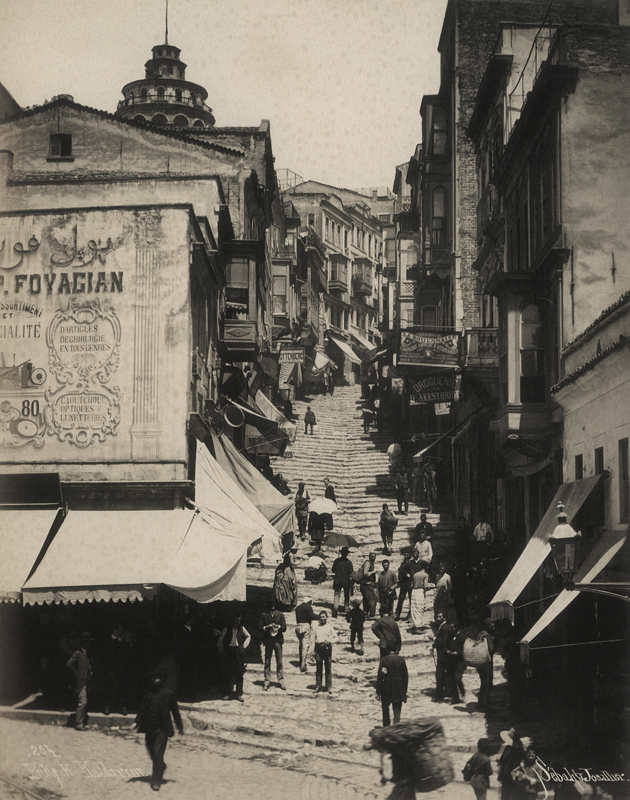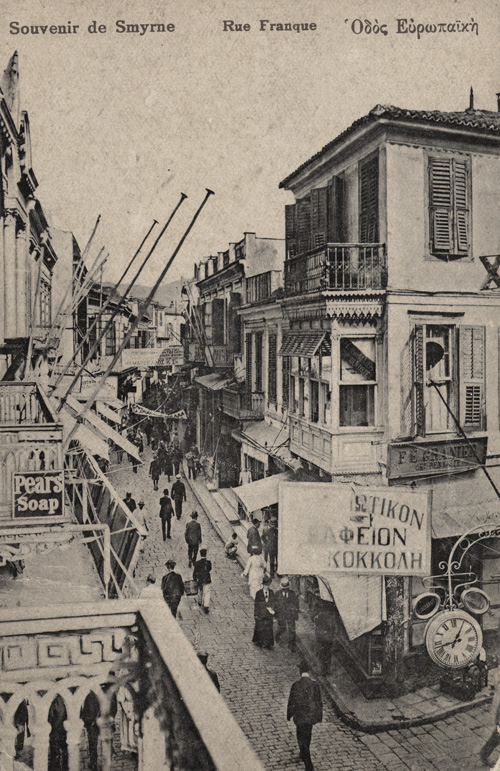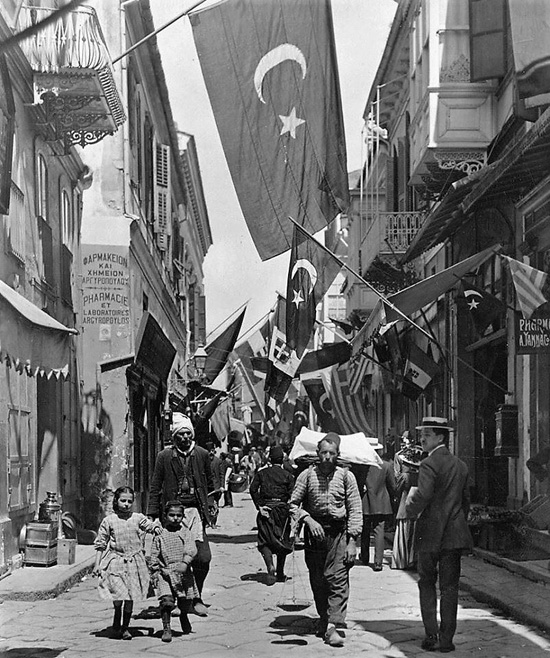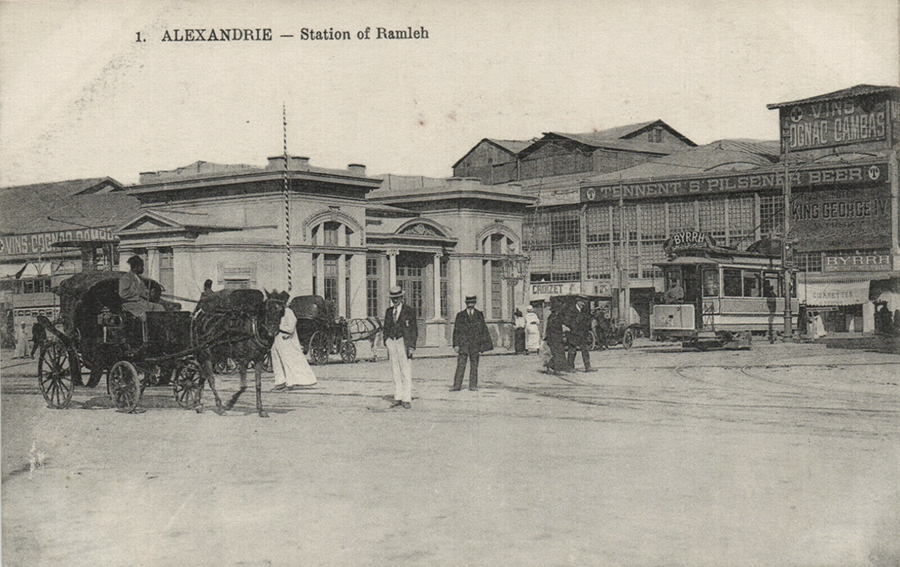
Ephemera
Advertising boards
Advertising boards are almost as old commerce itself. As global trade grew through particularly the 19th century advertising boards and signs, including logos which were to become mainstream in the 20th century arose in all the various trade hubs across the world. The port cities of the Levant before nationalistic led turmoils eclipsed their growth were very much part and perhaps leaders of this rise of global capitalism we are still dominated by.
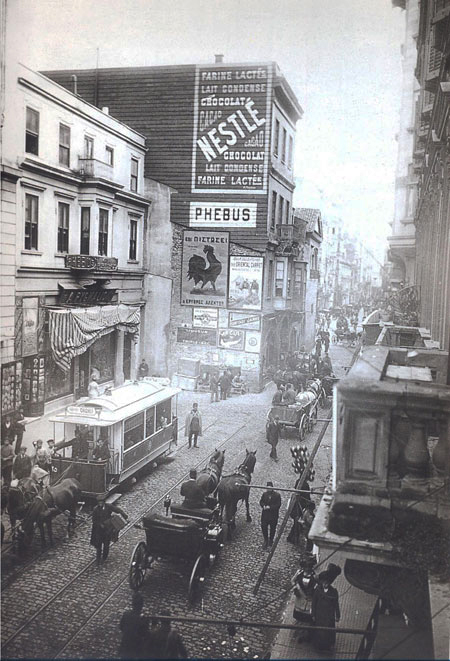
On a prominent facing wall along Grande Rue de Pera the size of the various advertising boards probably reflect their relative strengths and ambitions in this growing metropolis of Constantinople in the early 20th century. Nestle is still a global name, Phebus was a local Greek photography studio active at the time - example:
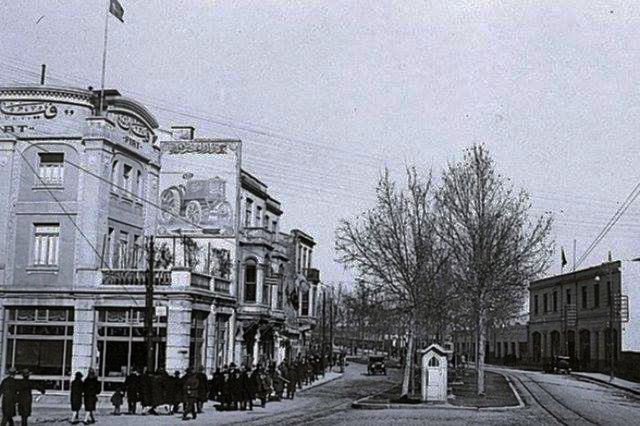
The large sign with the image of a tractor indicating the nearby Fiat dealership in early republican Istanbul just off Taksim square heading towards Harbiye.
Another jutting wall in Grande Rue de Pera in French and Greek advertising a variety of imported alchoholic drinks and high fashion clothes clearly aimed at a well-healed clientelle.
A side street in Pera in the Cukurcuma area advertising signs in French advertising a variety of imported delicacies such as Kohler chocolate and Tiring fashion store in Galata - view image:
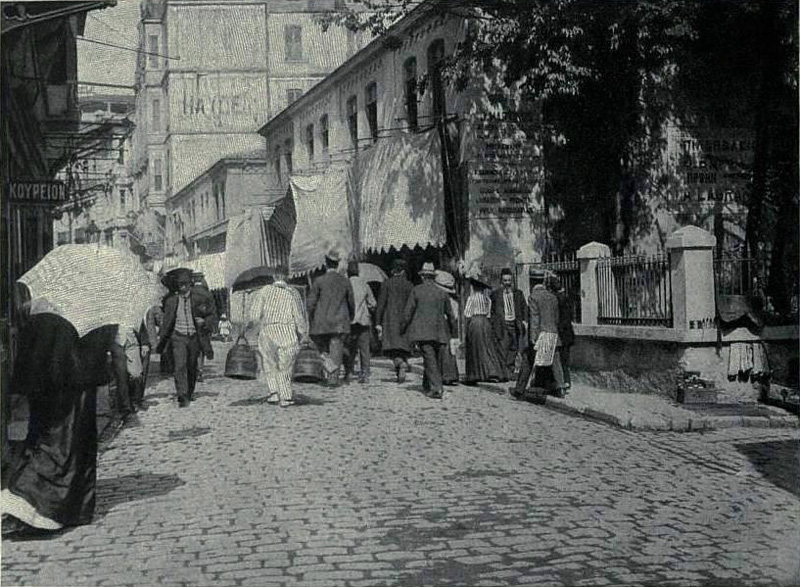
The section of Pera near Tünel with what appears to be a painted sign of Hayden on the side facade of a building pointing to the Hayden store run by a Anglo-Levantine family who also became partners with the Baker family who were in the same retail business and their family notes point to this store being further down by the Galata Tower - info:
The wall boarding at the base of Yüksek Kaldırım street in Galata advertises an Armenian firm specialising in surgery equipment in the lingua-franca of the time in French.
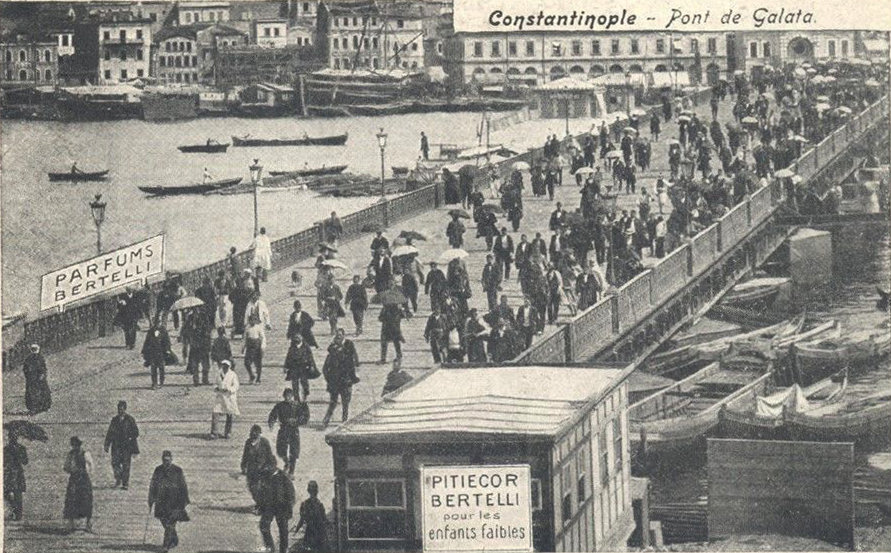
Bertelli was an Italian high-end perfume manufacturer whose export market clearly included the Levant as this altered postcard of Galata bridge from around the turn of the 20th century shows. The company also marketed some sort of lotion for ‘weak children’ - comtemporary advertising in Italian of perfume / lotion:
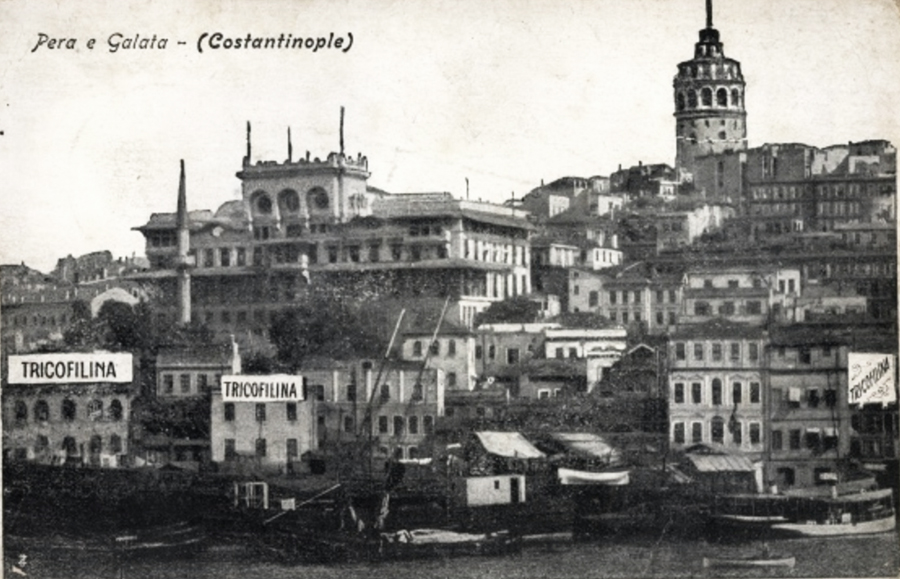
Tricofilina was an Italian shampoo manufacturer whose marketing clearly included altered postcards of Galata from around early 20th century - an example of 1940s advert
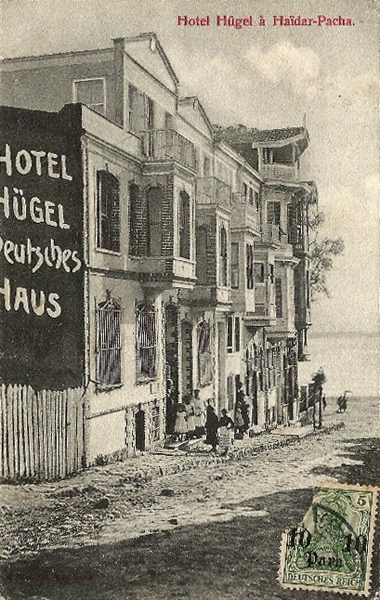
A clearly German run hotel (Hügel) geared towards German speaking visitors on the Asiatic side of Constantinople where the postcard has the image of the building side wall hand painted advertisement visible.
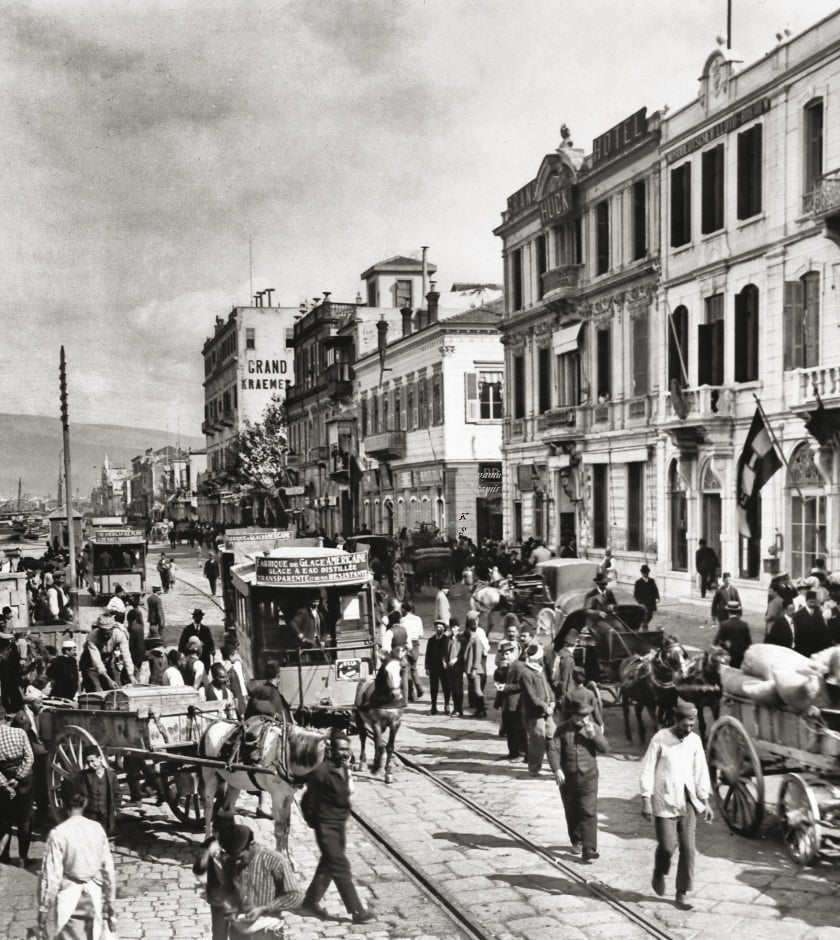
Advertising boards on the the front of horse-drawn tramways on the Smyrna water pre-1922 advertising ‘American ice’ an ice factory operated by the Levantine Charles Missir who was also an American citizen so possibly brought the cooling equipment from that country. The ice is described as derived from distilled water, transparent and ‘resistant’.
The British Pears brand of soap advertised along the main shopping thoroughfare of Smyrna, Rue Franque.
Photo taken 1918-9 (?), and the street is the beginning of Rue Fassoula, the continuation of Rue Franque, Smyrna. The advertising board on the left is for the pharmacy Argyropoulos which is shown in the trade directories of the time also allowing for exact location matching (1921 Yannopoulos - Argyropoulos T. (Rue Fassoula 7), Yannacopoulos (Rue Fassoula 4); 1921-22 Rizzo - Argyropoulos Th., Yannacopoulos A.), also there wasn’t a pharmacist named Yannaco(poulos) before 1920 (a year’s time lag is reasonable) - analysis courtesy of George Poulimenos. The high number of flags of Turkey, Greece, Italy point to a celebration for all communities, perhaps in the brief period (30 Oct 1918 - 15 May 1919) after WWI but before the Greek occupation of the city? So perhaps this points to around November 1918, communally celebrating the end of worldwide hostilities?
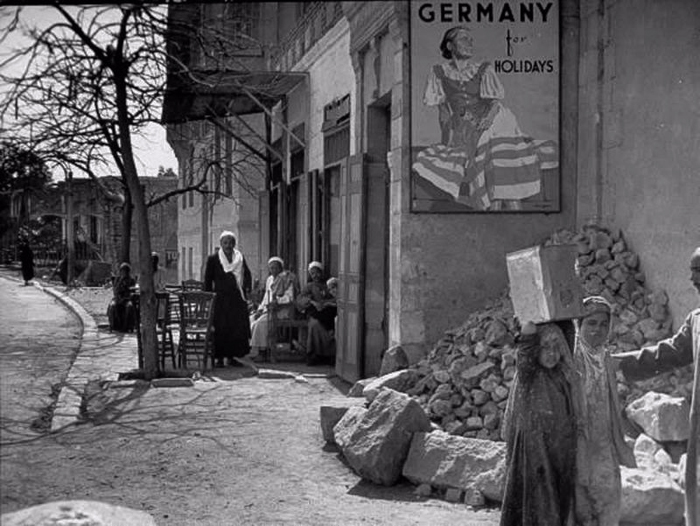
An advertising board from 1930s Cairo, Egypt aimed at the local European population for holidays in Germany clearly before WW2 made such a vacation locality and possibility an impossible proposition.
